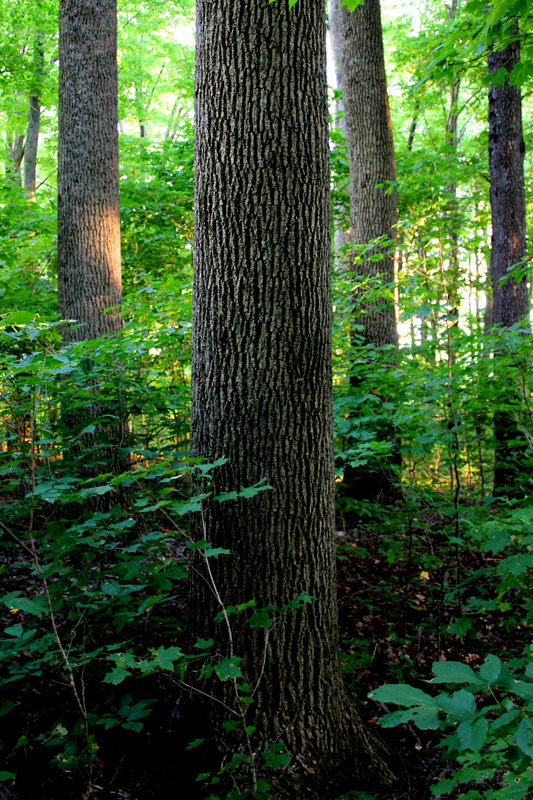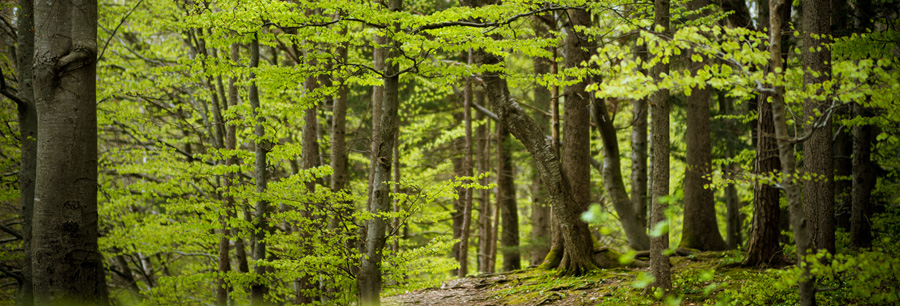 Tulip Poplar (Liriodendron tulipifera)
Tulip Poplar (Liriodendron tulipifera)
is the state tree for Indiana, Kentucky, and Tennessee and is one of the most common trees. Yellow poplar (as it is also known as) is a vigorous grower and regenerates well in disturbed forest sites or untended fields. Its vigorous growth can often out-compete slower growing species. Although the value per board foot doesn’t have a high potential, it still can be a valuable asset in your woods due to the added growth each year.
Wildlife value
Tulip poplar is not the most valuable tree for wildlife, but there are a few wild animals that appreciate a few benefits from the state tree. Birds and rodents will take advantage of the the seeds that are wind dispersed in the fall of the year. The upright limbs of younger poplar trees are not attractive to nesting birds, but as the trees become older, nesting birds will use poplars to build their nests.
Commercial Value
In full sunlight, tulip poplar will dominate other species in competition. Large tree sizes can be achieved relatively quick, thus wide and long lumber is common in the marketplace. The color of yellow lumber can vary greatly. The sapwood begins as white, but usually fads to a grey and even to a light brown. The heartwood is usually yellow to a greenish color. Freshly cut lumber can also have streaks of bright blue, black, purple, or even red mineral stain. With time, these bright colors fade to the more common brown color.
Firewood Attributes
18 million BTU’s in a cord of air dried firewood.
Easy to burn.
Easy to split.
Smokes moderatly.
Will throw sparks.

